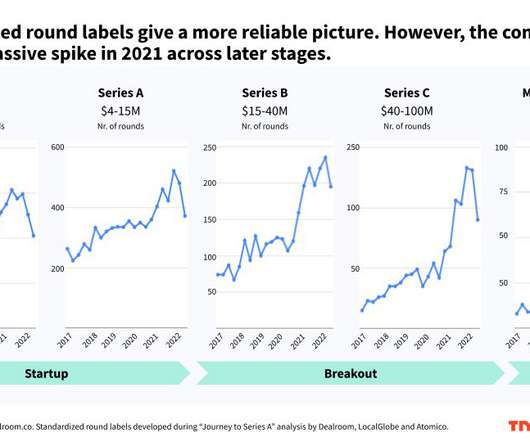Founders – Use Your Down Round To Clean Up Your Cap Table
Feld Thoughts
FEBRUARY 9, 2016
There are three things that will mess you up in the long run: Too much liquidation preference : My simple rule of thumb is that if you’ve raised more than $25m and your liquidation preference is greater than 50% of your post money valuation, you have too much liquidation preference.




















Let's personalize your content